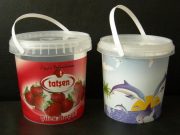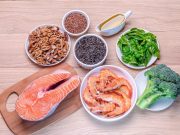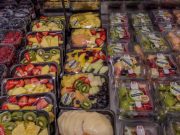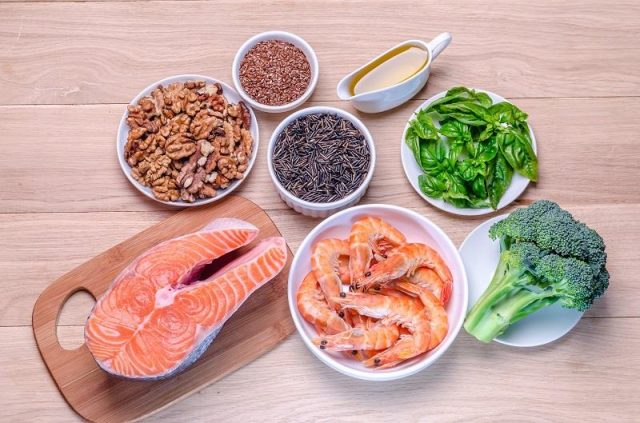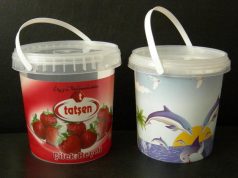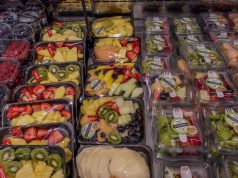In today’s fast-paced world, maintaining a balanced diet can often feel like a daunting task. With so many nutrients to consider, it’s easy to overlook the essential role of omega-3 fatty acids in our overall health. Known for their heart-protective, anti-inflammatory, and cognitive-boosting properties, omega-3s are a crucial component of a well-rounded diet. However, many people struggle to consume enough of these beneficial fats. If you find yourself in this situation, you’re not alone, and we’re here to help. In this article, we’ll explore simple, practical ways to seamlessly incorporate more omega-3s into your daily meals, empowering you to take charge of your health with confidence and ease. Whether you’re a seasoned chef or just starting out in the kitchen, our empathetic approach ensures that you’ll find strategies that fit your lifestyle and dietary preferences. Let’s embark on this journey towards better health together.
Understanding the Importance of Omega 3s for Your Health
In today’s fast-paced world, maintaining a balanced diet can be challenging, yet incorporating omega-3 fatty acids into your meals doesn’t have to be a daunting task. These essential nutrients are pivotal for heart health, brain function, and overall well-being. Thankfully, there are simple and delicious ways to boost your intake of omega-3s without overhauling your entire diet.
- Add Fatty Fish: Integrate fish like salmon, mackerel, and sardines into your weekly meal plan. These fish are rich in omega-3s and can be easily grilled, baked, or even added to salads for a nutritious punch.
- Choose Plant-Based Sources: If you’re vegetarian or vegan, consider flaxseeds, chia seeds, and walnuts. These are excellent plant-based sources of omega-3s and can be sprinkled on oatmeal, smoothies, or yogurt.
- Supplement Wisely: If dietary sources are insufficient, omega-3 supplements can be a practical option. Consult with a healthcare provider to find a supplement that fits your needs.
For those who enjoy experimenting in the kitchen, creating meals rich in omega-3s can be a rewarding endeavor. Here’s a simple guide to help you select the best sources of these vital nutrients:
| Source | Omega-3 Content |
|---|---|
| Salmon (100g) | 2.3g |
| Mackerel (100g) | 2.6g |
| Flaxseeds (1 tbsp) | 2.4g |
| Chia Seeds (1 tbsp) | 1.7g |

Identifying Omega 3 Rich Foods to Enhance Your Meals
Discovering foods high in Omega 3 fatty acids can transform your meals into nutritional powerhouses. Here are some delicious options to consider adding to your diet:
- Fatty Fish: Salmon, mackerel, sardines, and trout are excellent sources of Omega 3s. Try grilling or baking these fish with herbs and lemon for a heart-healthy dish.
- Chia Seeds: These tiny seeds are packed with Omega 3s. Sprinkle them on your yogurt or add them to smoothies for a nutrient boost.
- Walnuts: A handful of walnuts can be a great snack or salad topping, offering a crunchy way to up your Omega 3 intake.
- Flaxseeds: Ground flaxseeds can be mixed into oatmeal, baked goods, or even used as an egg substitute in recipes.
For a quick reference, here is a table of Omega 3 content in some popular foods:
| Food | Omega 3 Content (g per 100g) |
|---|---|
| Salmon | 2.3 |
| Chia Seeds | 17.8 |
| Walnuts | 9.1 |
| Flaxseeds | 22.8 |
Incorporating these foods into your meals doesn’t have to be a chore. With a little creativity, you can enjoy the rich flavors and health benefits of Omega 3s in every bite.

Simple and Delicious Recipes to Boost Your Omega 3 Intake
Enhancing your diet with omega-3 rich foods doesn’t have to be a daunting task. In fact, with a few simple and delightful recipes, you can effortlessly boost your intake of these essential fatty acids. Here’s how you can make it happen:
- Salmon Avocado Salad: Combine fresh salmon with ripe avocado, mixed greens, cherry tomatoes, and a sprinkle of chia seeds. Drizzle with olive oil and lemon juice for a refreshing and omega-3-packed meal.
- Walnut and Flaxseed Smoothie: Blend a handful of walnuts with a tablespoon of flaxseeds, your choice of berries, spinach, and almond milk. This smoothie not only satisfies your taste buds but also provides a powerful omega-3 punch.
- Sardine Pasta: Toss whole grain pasta with canned sardines, garlic, lemon zest, and a handful of arugula. This quick dish is both satisfying and rich in omega-3s.
| Recipe | Main Omega-3 Source |
|---|---|
| Salmon Avocado Salad | Salmon, Chia Seeds |
| Walnut and Flaxseed Smoothie | Walnuts, Flaxseeds |
| Sardine Pasta | Sardines |
By incorporating these simple recipes into your weekly meal plan, you not only enjoy delicious meals but also ensure that your body receives the omega-3s it needs for optimal health. Remember, small changes can make a big difference in your overall well-being.
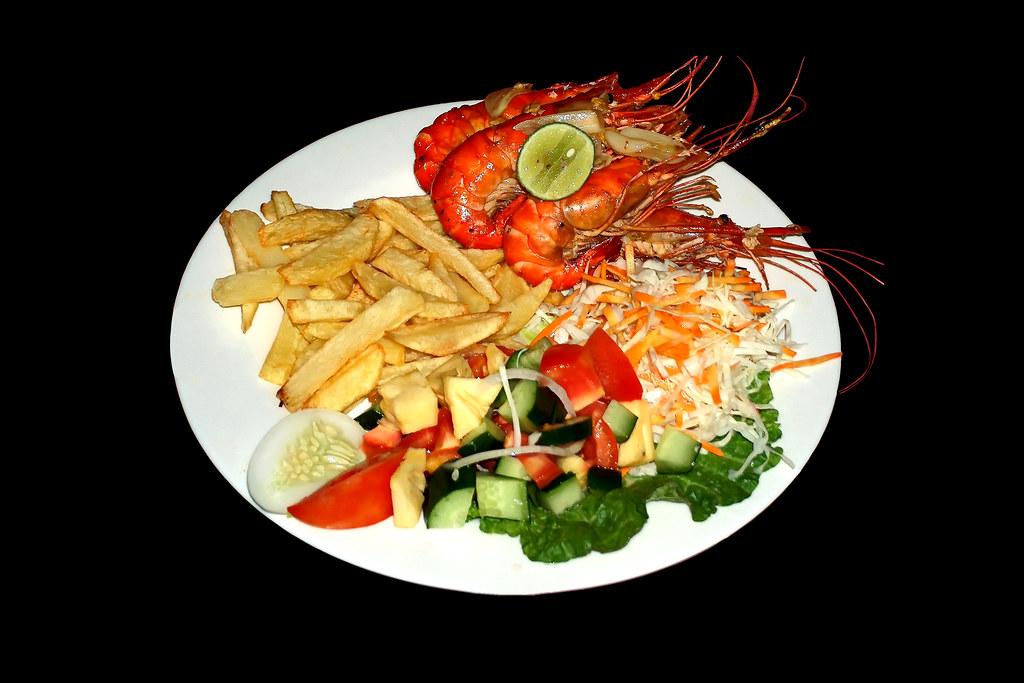
Tips for Overcoming Common Challenges in Increasing Omega 3 Consumption
Incorporating more Omega 3s into your diet can be challenging, but with a few strategic adjustments, you can overcome common hurdles. Here are some practical tips to make it easier:
- Understanding Sources: It’s crucial to know which foods are rich in Omega 3s. Fatty fish like salmon, mackerel, and sardines are excellent sources. If you’re vegetarian or vegan, consider flaxseeds, chia seeds, and walnuts.
- Cooking Techniques: The way you prepare your meals can enhance Omega 3 intake. Opt for grilling or baking fish instead of frying to preserve their nutrient content. For seeds, sprinkle them over salads or blend into smoothies for an easy nutrient boost.
- Meal Planning: Incorporate Omega 3-rich foods into your weekly meal plans. Create a simple schedule where you have fish twice a week or add a tablespoon of flaxseed to your morning oatmeal.
| Food | Omega 3 Content (per 100g) | Suggested Serving |
|---|---|---|
| Salmon | 2,260 mg | Grilled with herbs |
| Flaxseeds | 2,350 mg | 1 tbsp in smoothies |
| Walnuts | 2,570 mg | Handful as a snack |
Overcoming the challenge of increasing Omega 3 intake is about integrating small, manageable changes into your daily routine. Whether it’s through smarter meal planning or trying new recipes, these steps can make a significant difference in your nutritional health.
















